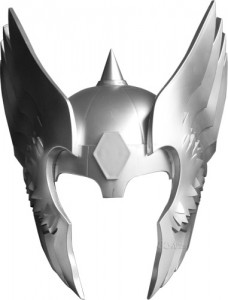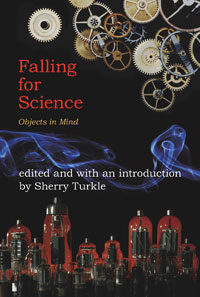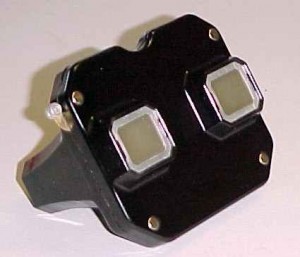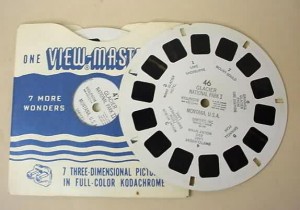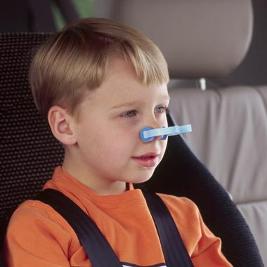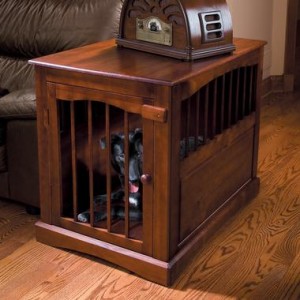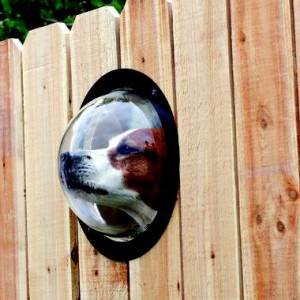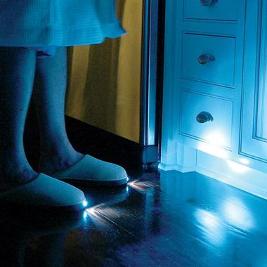If you travel around Texas, you’ll likely see signs reminding you to “Drive Friendly” (it’s The Texas Way). And for the most part, people here do drive friendly. I haven’t had anyone honk at me or make rude gestures in my direction since we moved, but land o’ Goshen, these folks drive impatient! If Texans had made an appearance In Dante’s Inferno they’d be driving subcompacts with no air conditioning and waiting in long lines. This is the only place I’ve ever been where someone facing you across the intersection and turning left as you turn right will routinely make their turn at the same time you do. (“There’s two lanes, why shouldn’t we go at the same time?”) It’s also the only place I’ve ever seen anyone in the second position of a left turn lane make their turn without waiting for the first car in line to go. Stuff like this will take you by surprise, but you can get used to it.
Folks in Texas will push you. Even in the grocery store, if you don’t put that order divider down on the conveyer belt the instant after you pull your last item out of the cart, you will find an arm reaching clear across your groceries and deep into your personal space to grab that little bar and plop it down between you. Now they’re friendly here, so they may apologize afterwards–but seriously friend, why are you takin’ so long?
I don’t know why Texans are like this. On the face of it, they seem a lot more laid back than the Northern Virginians I grew up with. Maybe it’s because of all that horsepower available at the tap of a foot in a Ford F-250. Or maybe it’s because they’ve got so much distance to travel getting from one place to another in the Lone Star State—they’re just trying to make some time. Or perhaps it’s a remnant in the collective memory of those cattle drives to Abilene—a voice deep within cryin’ “Get along little dogie!”
Whatever the reason, when you come to visit (and we hope you will) you’ll know what to expect. Maintain your speed, keep checking your rearview mirror, and always remember to Drive Friendly.


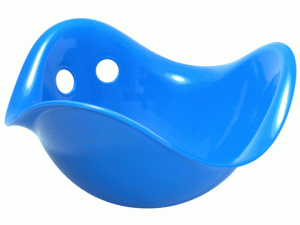
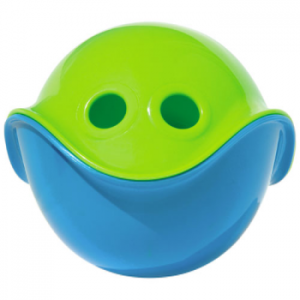
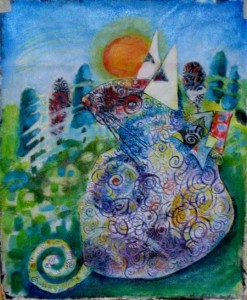
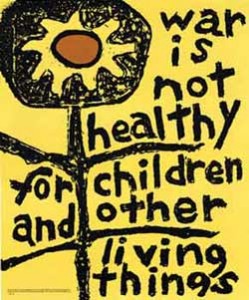
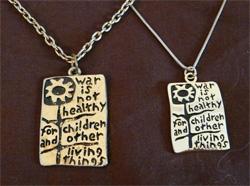

 Next on the cool helmet list is the Transformers Optimus Prime Voice Changer Helmet which lists as one of its
Next on the cool helmet list is the Transformers Optimus Prime Voice Changer Helmet which lists as one of its 